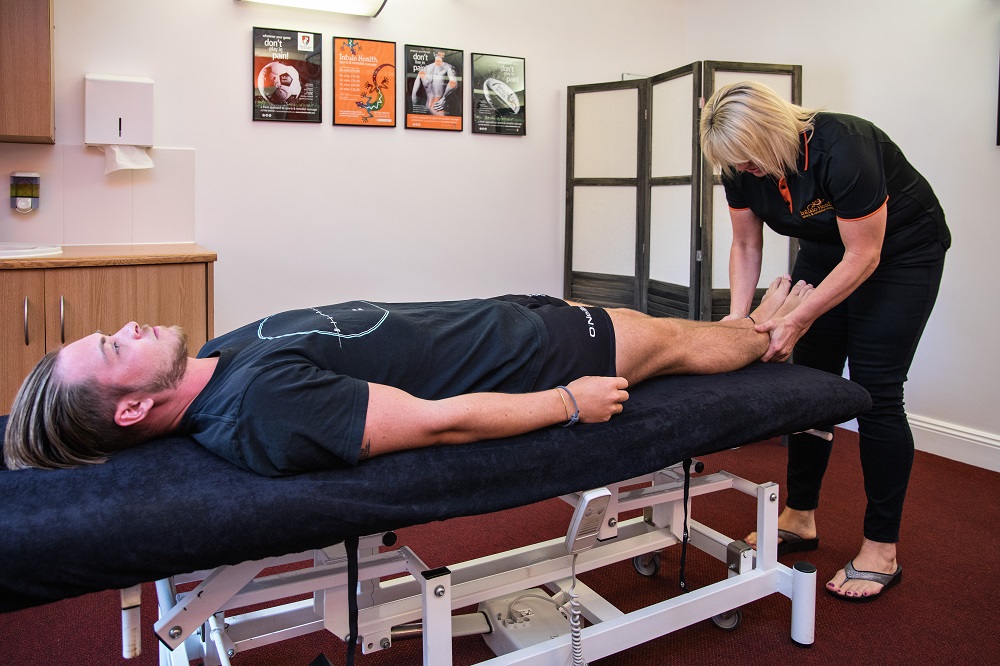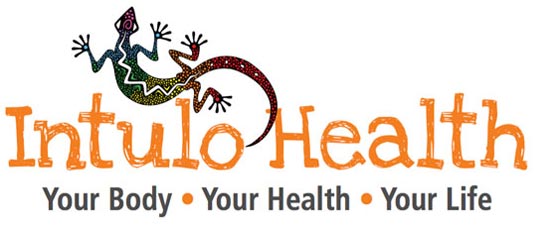What your foot biomechanics can tell you about your body

With 28 bones, 112 ligaments and 33 joints, feet and ankles create a unique system that is complex and powerful. With so many parts and functions, our feet help to support our body weight, absorb shock, keep us balanced, transfer ground reaction forces, keep us on track with proximal malalignment, and in some cases, substitute hand function in amputees.
Whether you’re having problems with your feet or you simply want to learn more about foot biomechanics, we’ve put together some of the most important information you need to know.
What is biomechanics?
Biomechanics is the science behind movement, exploring how our muscles, tendons, bones and ligaments work together to help us move. Biomechanics is part of kinesiology, and not only looks at the structure of our bones and muscles and the way they move, but also looks at the mechanics of our body and things such as blood circulation and renal function.
The anatomy of our feet
The truth is that biomechanics is a long-winded and complex set of theories, but to begin to understand the way our feet work, it’s important to take a look at their anatomy. The plantar fascia is designed to offer medial arch support and increase our arch height, whilst the midfoot functions as an arch in the axial plane and a second metatarsal base. These various segments of our feet work together to aid in our balance, performance, and bodily structure.
Across our feet, we have 25 component joints, such as proximal and distal tibiofibular joints, ankle joints, talocalcaneal joints, tarsometatarsal joints, and interphalangeal joints. It is these joints and our structure that enables us to walk, run, and stay on balance, whatever we do.
Damage to the foot
Whether you’re a sportsperson or simply have issues with your feet, it may be wise to look at your biomechanics and consider whether something is out of place. If you struggle with your stability and suffer from ankle sprains, then you may have plantarflexion. If your lateral and medial facets of the talus are asymmetrical, then you may see greater displacement in your feet and struggle with alignment and walking properly. Again, this should be addressed in order to keep you on your feet and help you return your feet and ankles to their former glory.
Getting the right treatment
If you’re struggling with flat feet, high arches, knocked knees, bunions, or posture, then massage therapy could be the right treatment. Soft tissue massage can be used to adjust joints and create balance in the body, enabling a more comfortable and active lifestyle.
Book your biomechanical assessment today
Amanda is able to do a biomechanical assessment on patients to ascertain whether there are any joint malalignments and whether soft tissue / massage therapy is the right approach. If not she is then able to cross refer to a chiropractor or podiatrist if necessary or prescribe the right rehabilitation exercises to help correct biomechanical issues.
To find out more, contact Intulo Health on 01202 443892 or 07789 810752.


